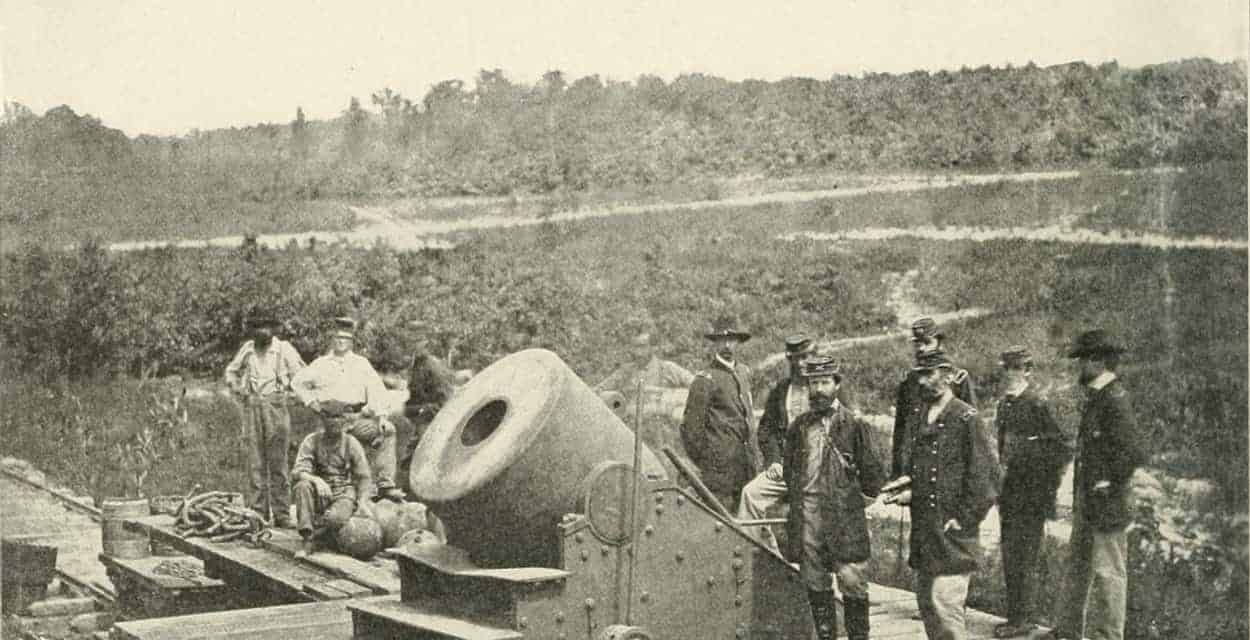On this day in history in 1864, in the final period of the American Civil War, the Confederate General John Chambliss is killed. He was killed during a cavalry charge at Deep Bottom, Virginia. This was during one of the many sieges of Petersburg. At Petersburg, the Union had virtually surrounded the Confederates. Lee was pinned down to a large area north of Richmond, the Confederate capital. This was to be the decisive campaign of the war. In June 1864 the campaign had become a war of attrition. Both sides had dug in and were engaged in trench warfare. The battlefield around Petersburg looked like the trenches of WWI. This battle was a far cry from the First Battle of Bull Run. The sieges of Petersburg was bloody and the southern forces fought bravely in defense of their capital.

In August Ulysses S Grant had had enough and he sensed that Lees and his forces had weakened and that the Union could deliver a decisive blow. In one attack the Union soldiers breached the defensive line of the Confederates. The Confederates had to counter-attack or they faced a disaster. The Southern cavalry led the counter-attack and at the front of the charge was General Chambliss but it was beaten back. The Brigadier-General was killed in the failed confederate counter attack and the exact circumstances are not known with any certainty. Chambliss was one of the most respected commanders in the rebel army. He had served in many battles and campaigns. He had served with distinction at Gettysburg.
Chambliss body was found by the Union troops and he was identified. The confederate generals body was recovered by his former West Point classmate, General David Gregg. When they were recovering the body of the General they found something remarkable and was to prove a bitter blow to the south. Gregg as he was going through the personal effects of his former classmate, discovered a detailed map of Richmond and its defenses. Gregg then passed on the map to his intelligence service and they sent it back to Grant’s H.Q. Th map was soon reproduced by the use of a new technique in photography.
Using Margedant’s Quick Method, which did not require a camera, the engineers traced Chambliss’s map on photographic paper. The paper was then exposed to the light and this darkened the paper and allowed for the map to be reproduced. The map was distributed to all the Union high command within days. The map allowed the Union to attack Richmond at its weakest point. However, the map did not help the North to capture the southern capital.
Historians believe that Chambliss’ map may have reduced casualties by preventing foolhardy attacks on well-defended positions and allowed the south to attack the least defended areas of the city’s defenses.

